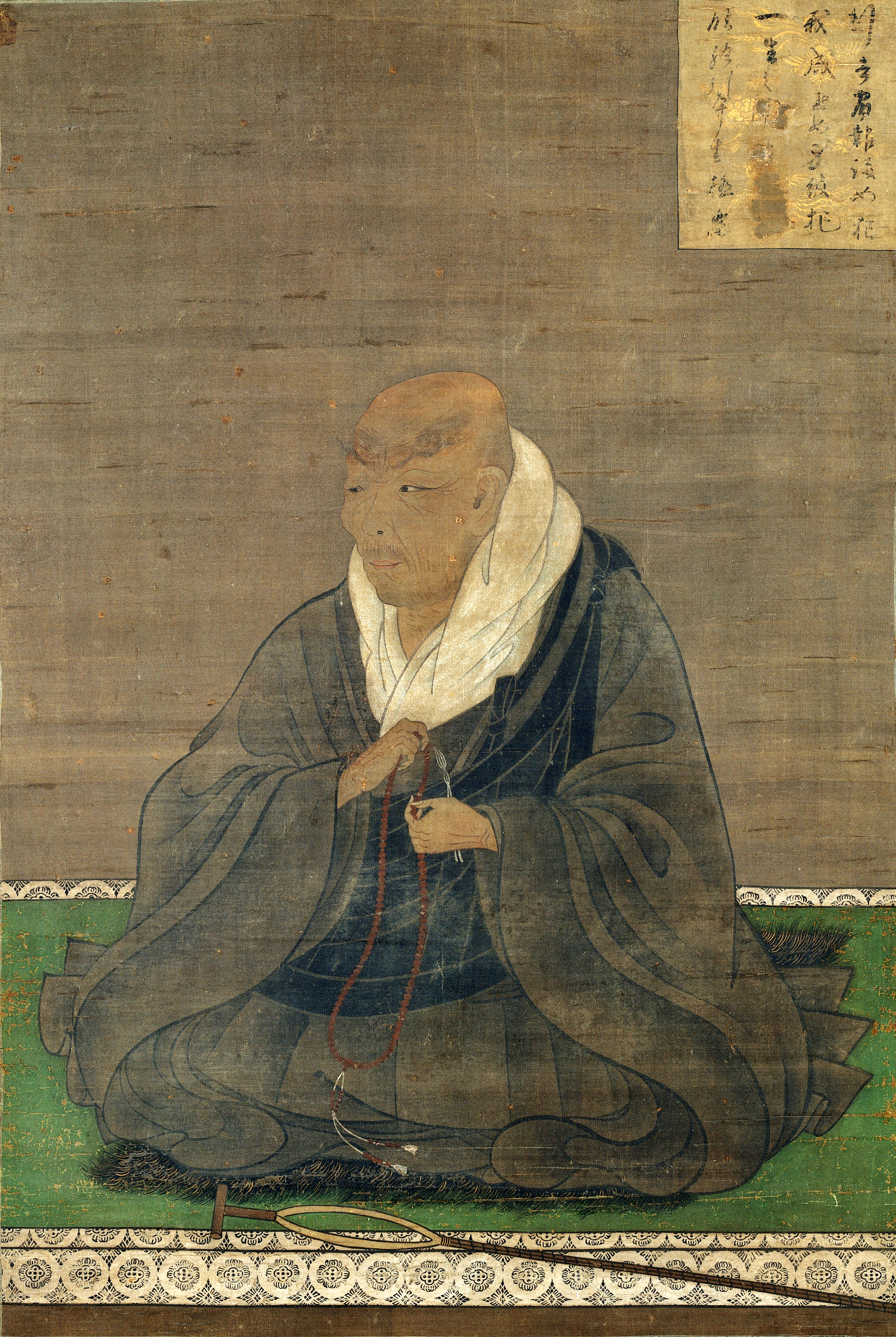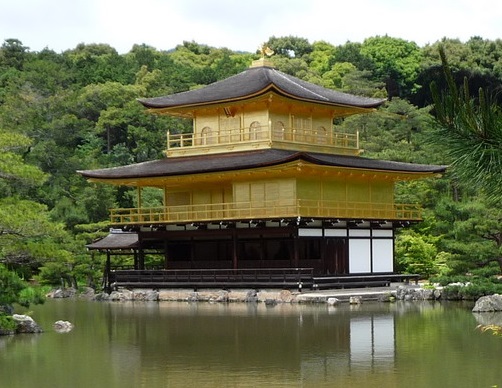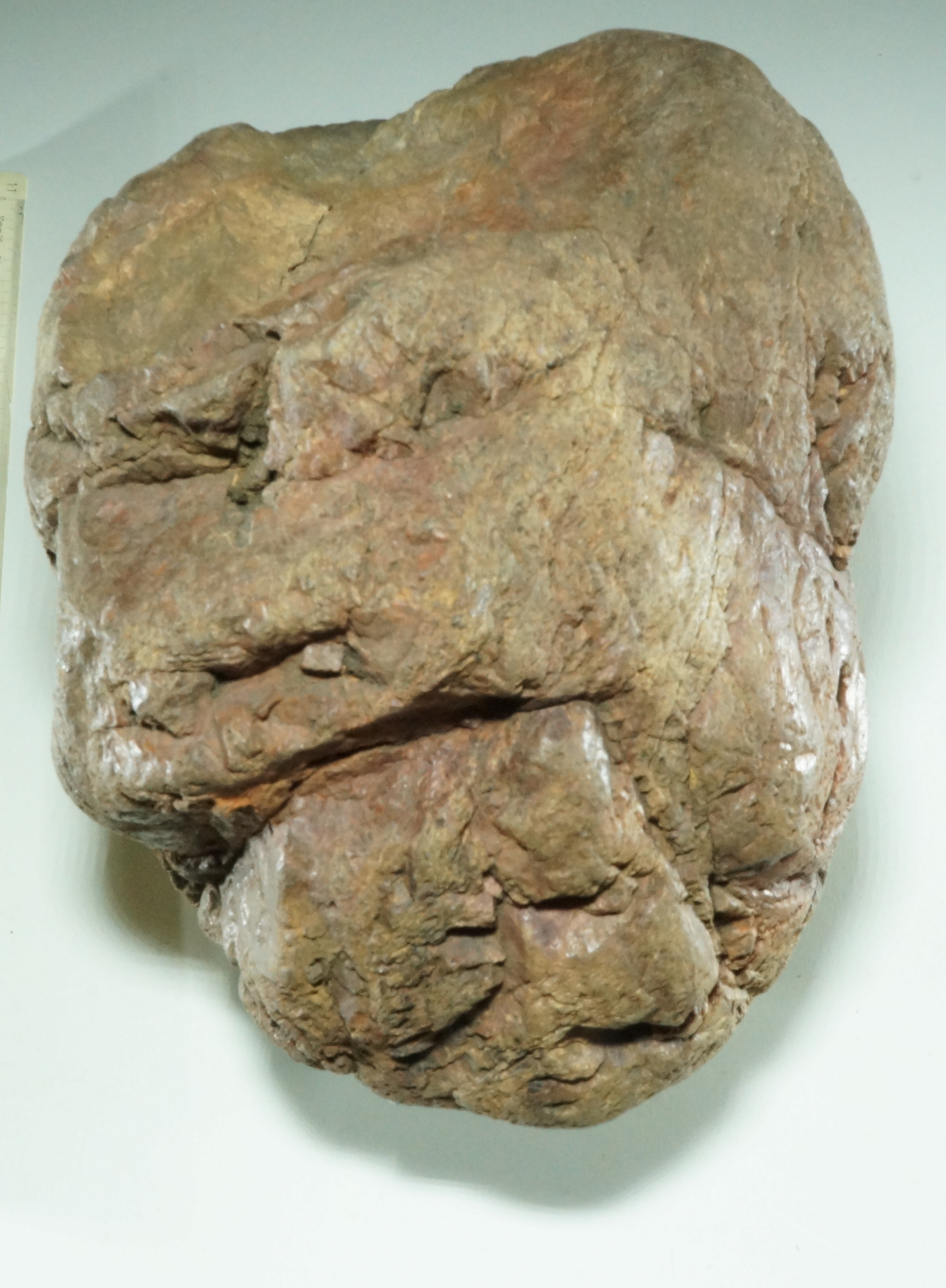Shinran


Introduction
Those who look for the completely different in Japan, especially in its religion, and who dream of counter-worlds to their own problematic world, may never meet Shinran. Their prejudices will obstruct their view of probably the most fascinating figure in Japanese religious history, a deeply religious thinker and preacher, a radical reformer who emphasised and lived the freedom and responsibility of the individual like no one else in Japanese history - and that 800 years ago! Shinran's enormous popularity in modern Japan is astonishing, especially among intellectuals and reformers, including Marxist thinkers, who often saw him one-sidedly as a radical social reformer. But what is most central to Shinran's thought is his fundamental religious experience of salvation by faith alone, which - in its radical consequences - is in many ways comparable to Luther's experience of faith. The early missionaries in Japan, and later especially Karl Barth, were obviously shocked by this. Can we simply dismiss Shinran's faith, as Barth did, by pointing out that, for all its similarities, it lacks the crucial element of an appeal to Jesus Christ? Is it not worth exploring the possibility that a deep, fundamental human experience is revealed here, which, even beyond the religious sphere, could be a basis for today's people and their striving for freedom with responsibility? In this way, the dream of searching for something completely different in Japan is transformed into the even more attractive dream of discovering fundamental human experiences beyond historical contexts, specific cultures and religions. This will be pursued in the following, where I will now give a general outline with references to essays in which the matter is discussed and substantiated in more detail, mostly under certain aspects defined by the topic.
In order to do this, it is first of all necessary to take a closer look at Shinran and the circumstances of his life, and in particular at his concrete religious experience.
In the tradition of Shin Buddhism, which originated with Shinran, there are various biographies of Shinran, some of them very detailed, but often legendary and practically worthless as historical sources. With the beginning of historical-critical Shinran research since the end of the 19th century, similar to the research on the life of Jesus in Europe, it was sometimes even doubted that Shinran really lived. This changed in the 1920s with the identification of Shinran's original manuscripts and especially with the discovery of letters written by his wife Eshinni.
In all likelihood, Shinran came from a (probably impoverished) noble family and became a monk on Mt. Hiei in Kyoto in 1181 at the age of eight. The mountain is still dotted with temples of the Tendai school, which offered very different paths to salvation within Buddhism. Shinran stayed there for twenty years, learning the various practices, before leaving the Hiei in 1201 in disillusionment and joining Hōnen (1133-1212). This was Shinran's decisive step towards the Amida faith, towards the conviction that salvation is only possible because of Amida Buddha's vow to lead all people to the Pure Land and thus to enlightenment. All the believer has to do, as Hōnen teaches, is to invoke Amida Buddha's name again and again (Namu Amida Butsu) with unconditional trust in this vow. This makes possible a personal relationship between the individual believer and Amida Buddha, which for Shinran became the core of his devotion.
The established Buddhist temples did not like the fact that they were losing their traditional role as mediators between the faithful and the Buddha, and so they used their political influence to banish Hōnen and several of his disciples, including Shinran, in 1207. This marked the beginning of probably the most important period in Shinran's life, that in Echigo (now Niigata), where Shinran probably remained for several years even after the exile was lifted in 1211.
Shinran's stay in Echigo was a decisive turning point, unlike any other event in his later life. He lost his privileges as a Buddhist monk and was forced to leave not only his familiar surroundings but also his teacher Hōnen, who meant so much to him. Far from the cultural centre, he was deprived of many spiritual stimuli and contacts. In addition to his bitterness at the injustice done to him by his established fellow believers, he had to earn a living for himself and his family for the first time and under difficult conditions. The regulations for exiles and the living conditions in Echigo were very harsh at that time. Also new to Shinran were the experiences of marriage and family, as well as life among the ordinary people of the province, who often lived in the most inhumane conditions and were despised by the educated for their physical labour, which Shinran now shared. Many were even called hinin ('non-humans') at the time. All this had a great influence on Shinran's religious development.
Then followed about two decades of Shinran's missionary activity in Hitachi, now Ibaraki, probably from 1214 to about 1235, and finally the last period of his life in Kyoto until his death in 1263.
All in all, it can be said that Shinran's sometimes radical transformation and reshaping of the Buddhist tradition is essentially due to his experiences in exile. The basis for this was his long involvement with the different religious traditions on Mt. Hiei [more details]. What emerged from these experiences will now be discussed in relation to some important aspects of his thought and religious conviction.
At the heart of Shinran's religious experience is the conviction that no individual effort can lead to salvation, but only the faith given by Amida through the bestowal of his merits (Ekō). The impossibility, at least subjectively experienced, of reaching the goal of enlightenment through the paths offered in the Buddhist tradition had led him to Hōnen. Then, in exile, on his own, largely cut off from the religious traditions and communities of Kyoto, from the experiences of daily life, and with sufficient time for self-observation and reflection, Shinran seems to have become aware of the full extent of human inadequacy, reinforced also by the feeling of his time to be living in a period of moral decline (Mappō). Linked to this was a deepened experience of faith in Amida, the realisation that the more people realise their own inadequacy, the more they can be sure of salvation, the more they understand that even their faith is not based on their own strength. As in Christianity, a deeper awareness of one's own inadequacy and a deeper experience of faith go together and are mutually dependent. [more details]
This corresponds to Shinran's self-description as a gutoku, which means something like "stupid bald head" and was apparently used at the time to describe a priest who did not adhere to the rules that applied to Buddhist priests. In this context, however, it is not possible to speak of Shinran's consciousness of sin, as some scholars do. The terms he uses to describe human shortcomings mean offence, crime, at best evil or wickedness. Then there is the emphasis on karma, the inescapable entanglement in the law of cause and effect even in the realm of moral evil, which differs from the personal consciousness of sin in Christianity. For Shinran, as elsewhere in Buddhism, human inadequacy includes more, namely blind passions and above all ignorance, which is why salvation is called enlightenment. [more on this] The fact that Shinran is so open and even self-mocking about his fallen state shows how much he has obviously accepted himself in all his inadequacy, knowing that he is unconditionally accepted by Amida.
This has a number of consequences, some of them radical. For Shinran, salvation is a personal experience of faith, a direct relationship between Amida and the individual to whom Amida turns his merits. Thus Shinran can say, as it is written in the Tannishō, that Amida's vow is for him, Shinran, alone, a quite astonishing statement in Japanese intellectual history. The growing self-confidence with which Shinran presents and lives his newly acquired insights is probably also related to this inner experience. Of course, this is not a matter of pride in his own power, but of trust in the working of the Other Power (tariki) within him.
This is also reflected in another well-known saying of Shinran's in the Tannishō, namely that he does not have a single disciple. This rejection of the traditionally so important teacher-disciple relationship shakes the foundations not only of religious organisations in Japan, but also of the social system in general, especially if one adds Shinran's relativisation of the child-parent relationship (ibid.). Thus, one is inclined to add, it has not been able to establish itself even in Shin Buddhism from the beginning.
Shinran justifies the fact that he has no disciple by saying that he cannot lead anyone to faith by his own efforts, because faith is always the work of Amida Buddha (ibid.). Before Amida's Original Vow (Hongan), all are equal, young or old, good or bad, as it says elsewhere in the Tannishō (ibid.). Shinran even reverses traditional values when he says (to quote the most famous saying from the Tannishō), "Even a good person is born in the Pure Land, how much more so an evil person!" (ibid.)(Sentences like this were not only a challenge to the established Buddhist schools, but could also be understood as a challenge to the traditional values of a strictly hierarchical society. This may also be the reason why the Tannishō seems to have been made accessible to only a few believers in the first centuries after Shinran's death.
Shinran's thought radically challenges the salvation monopoly of the established religious groups, namely their claim to possess teachings, practices and rituals that alone can lead people to salvation. In contrast, Shinran's way of salvation is accessible to everyone. There is no need to become a monk or change one's life, not even a teacher-disciple relationship is necessary. This was Shinran's fundamental experience in Echigo, where, living alone as a layman, and experiencing his own inadequacy, he grew into a deepened faith.
The happiness of this faith experience and the gratitude to Amida were obviously the motive for the beginning of Shinran's missionary work in Hitachi. He wanted to make it possible for as many people as possible to have a similar experience of faith. He probably addressed himself mainly to peasants and others of the lower classes with whom he had shared life in Echigo. The forced laicisation during his exile became the occasion for a new way of life in which, on the one hand, he does not observe the monastic rules and has a family like a layman, but, on the other hand, he is a monk.
When Shinran died, he already had a large number of followers, especially in the area north of Tokyo where he had proselytised. They established their own religious centres (dōjō), which often became centres for the village community, freeing them from dependence on temples and other feudal structures. They allowed the lower classes to participate on an equal footing. In some areas of Japan, this gave rise to powerful associations of Shinshū believers, mostly peasants and craftsmen, which led to numerous rebellions (ikkō ikki) from the 14th century onwards. Until the end of the 16th century and partly beyond, they were able to maintain a certain independence within feudal society.
But eventually the traditional values of a hierarchically structured society prevailed even in Shin Buddhism. Thus, Shinran's descendants were able to unite the various groups under the leadership of their main temple in Kyoto, Honganji, to form the most powerful religious community in Japanese history. The strict control of sub-temples, the absolute authority over the believers regarding their salvation (which included excommunication and even the death penalty), and the close cooperation with the state authorities were all in stark contrast to Shinran's attitudes and teachings. Nevertheless, much of Shinran's spirit remained alive in Shin Buddhism, as has become increasingly evident since the end of the 19th century and up to the present day.
At the beginning of the Meiji period (1868-1912), a strong anti-Buddhist movement arose in connection with the revival of Shintō traditions and emperor worship, which even led to the persecution of Buddhists. On the one hand, this led to Buddhists becoming even more closely associated with the state. This reached its peak during the Second World War, when Shin Buddhism also supported the militarism and emperor cult of the time.
On the other hand, there were more and more voices calling for reform and a return to the spirit of Shinran. This was reflected in the fact that the Tannishō, which had been banned for a time, attracted more attention and led to a new awareness of social and political issues, especially among Shinshū reformers, but also among many other intellectuals at the beginning of the 20th century. Shinran was virtually rediscovered, and popular accounts of his life led to a Shinran boom among the general public. Within Shin Buddhism, early democratic efforts and, since the 1960s, major social movements show how much the spirit of Shinran is alive in modern Japanese society today in the struggle against discrimination, for social justice and peace. It remains astonishing how an inconspicuous Buddhist monk from the 13th century can still have such an impact and be so present in the consciousness of many Japanese. The reason for this is probably his personality and the emancipatory potential he demonstrates, which seems to be relevant for today's Japanese society.[read more]
Related articles

